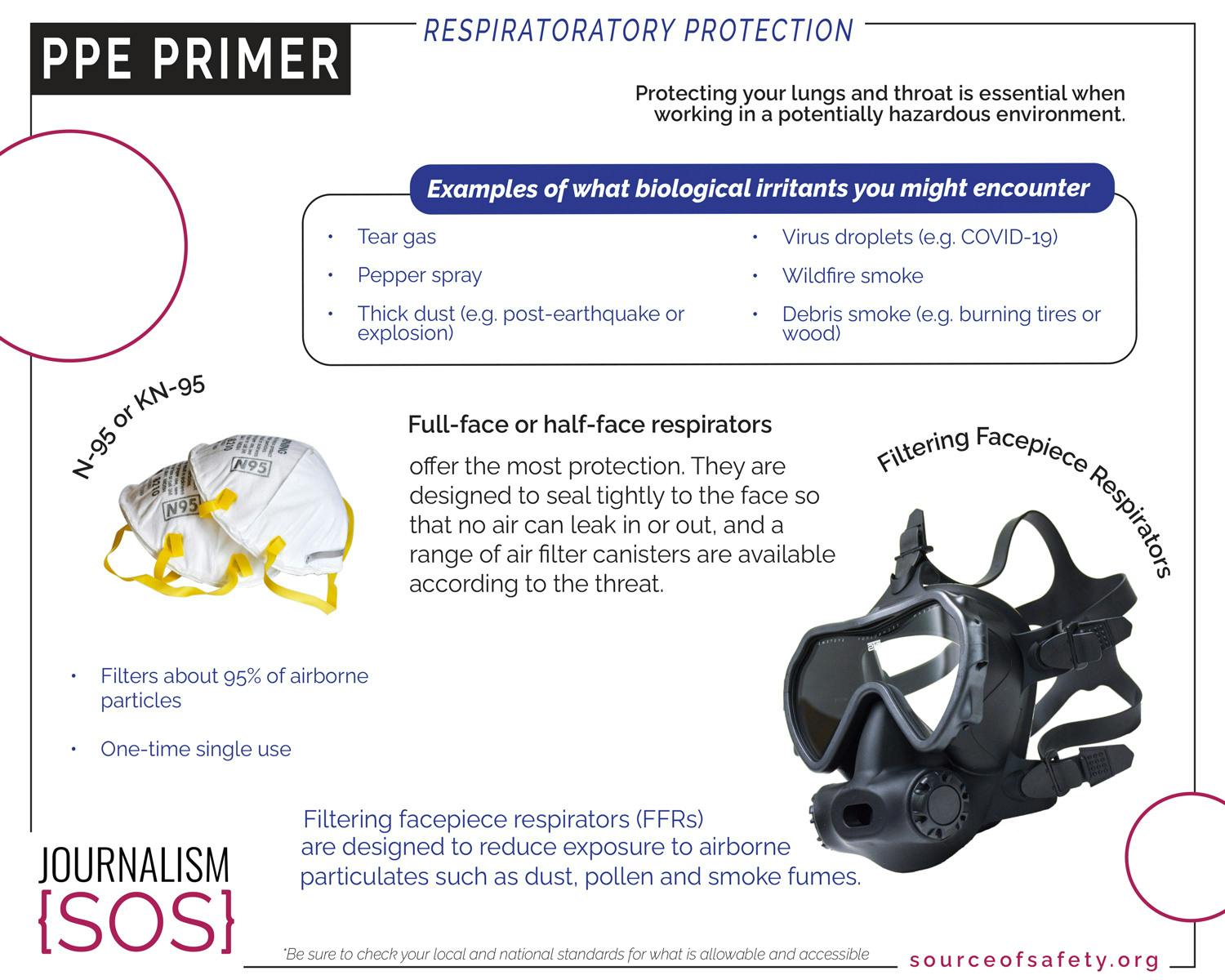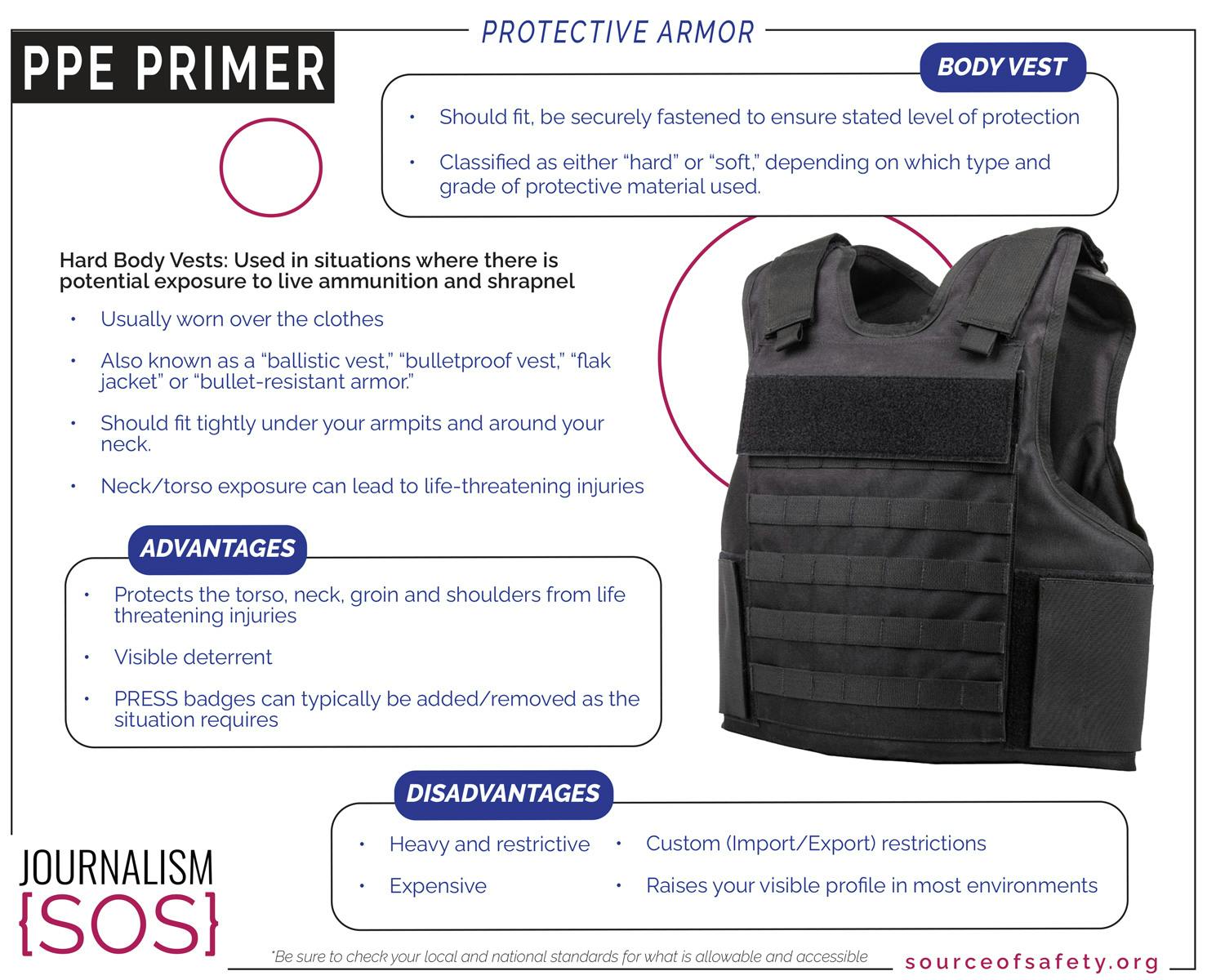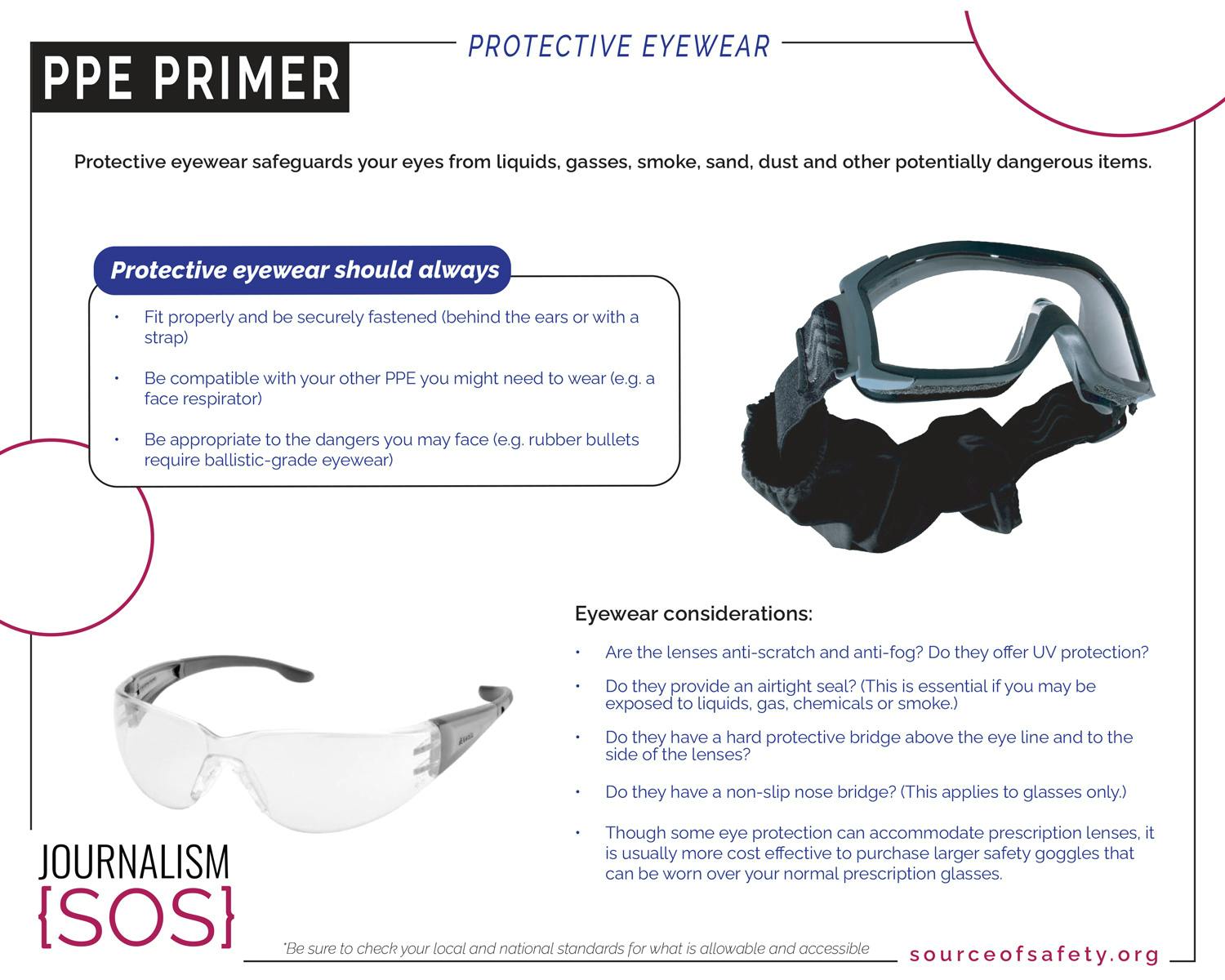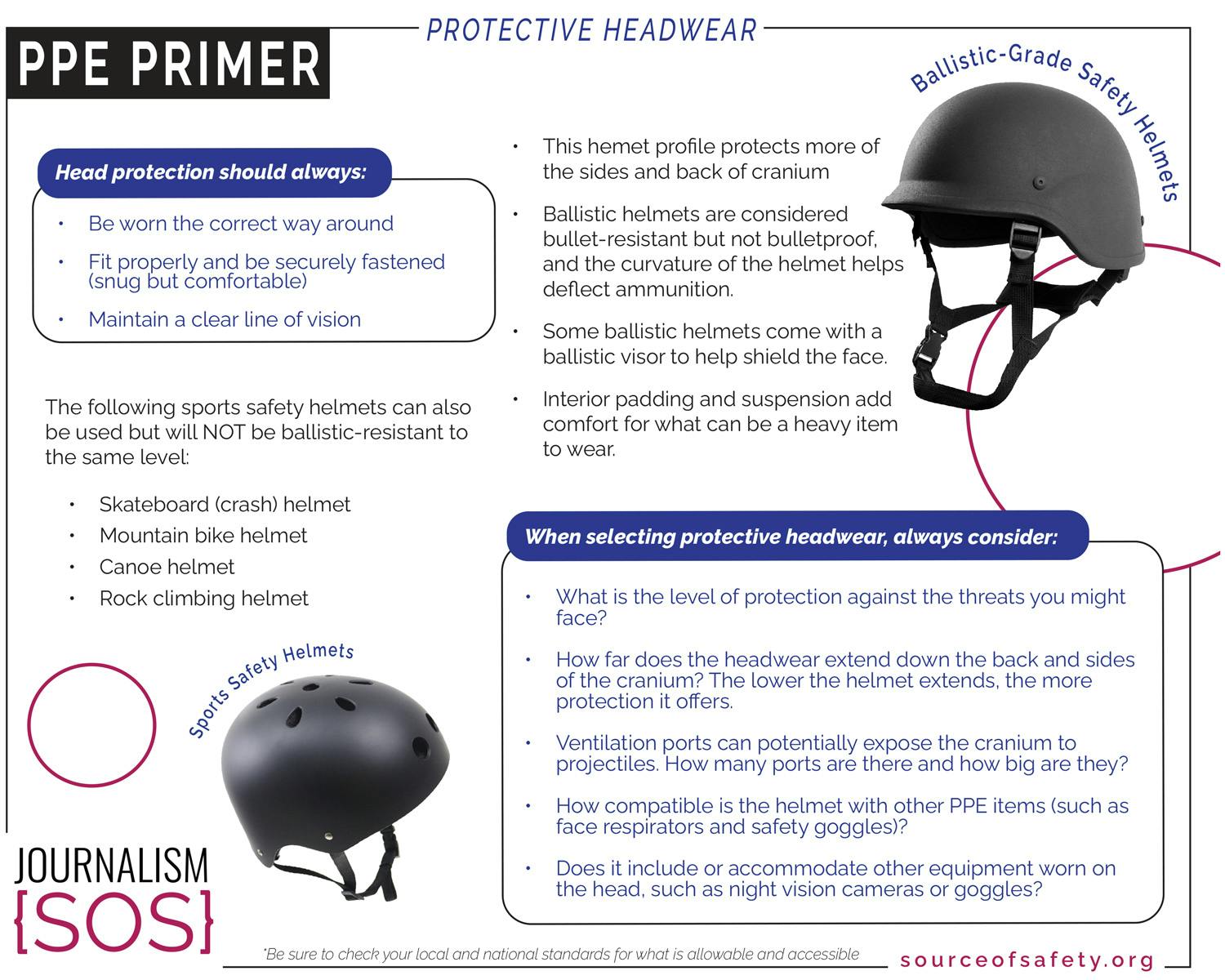Civil Unrest Safety Briefing
This section provides a brief overview of key things to consider when you will be reporting in a space of civil unrest. This could include any size or form of protest, rally, demonstration or organized in-person event where one or more groups within a nation are in conflict.
The following Top Tips, Gear List and Resources represent a brief introduction to these safety concerns for civil unrest. The information and resources offered below are not comprehensive nor do they offer sufficient preparation for any war or conflict zone. We encourage you to review the more expansive list of resources in the keyword-searchable J-SOS Safety Resource Database.
Civil Unrest Top Tips
Be Identity-Aware
Think about who you are and how you visibly show up in any public space, especially an environment of civil unrest which is often produced around competing social groups/interests and emotionally inflamed. As the field of journalism becomes more diverse, journalists and editors should be aware and culturally competent to safely navigate civil unrest scenarios with consideration of how intersecting identities impact a journalist's safety profile. Journalists must also understand that you impact and alter any environment you enter. Despite all efforts to the contrary, you can never be entirely “above the fray.”
Assess the Location
Familiarize yourself with the location before going to an area that has potential unrest.
Exposure Time
Think about how much content you need to properly tell the story without putting yourself at grave risk.
Communication
A communication plan is critical whether you are working alone or in a team.
Updating Records
Civil Unrest Gear Checklist
Much of the gear on these lists is repeated across the various section briefings because they are useful in many different situations. Please confirm your local and national laws around purchase and use of certain devices, objects and PPE.
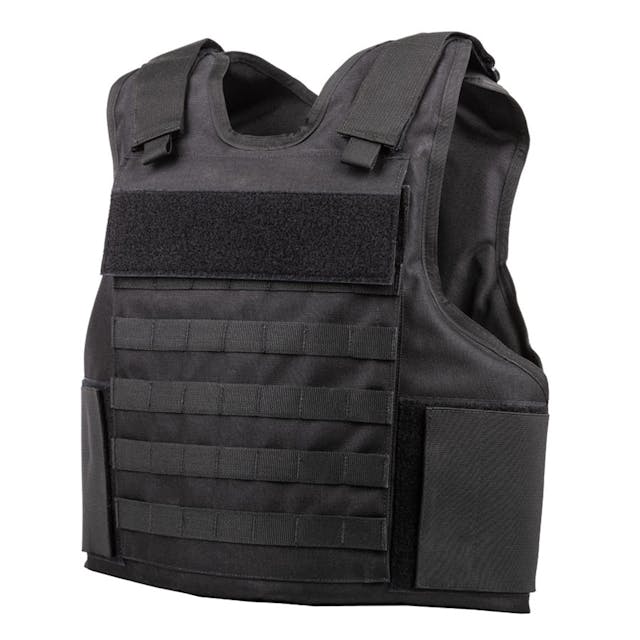
BODY ARMOR
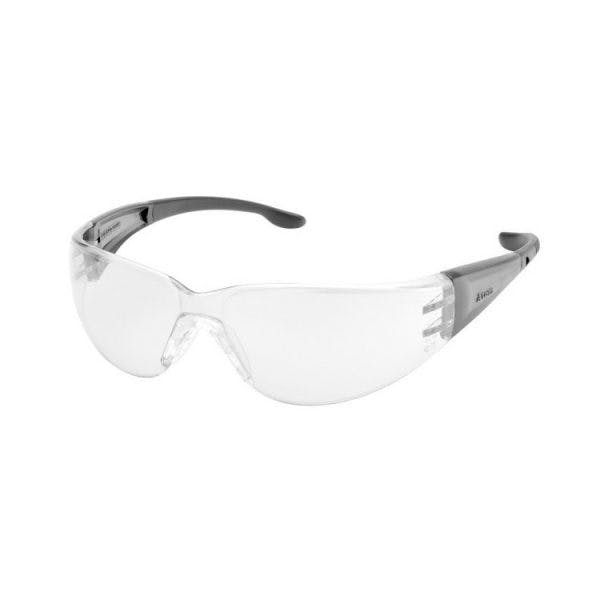
EYE PROTECTION
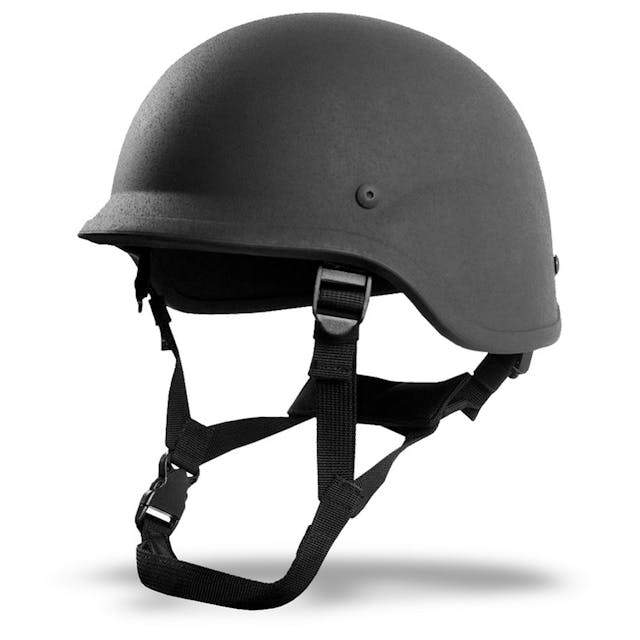
SAFETY HELMETS
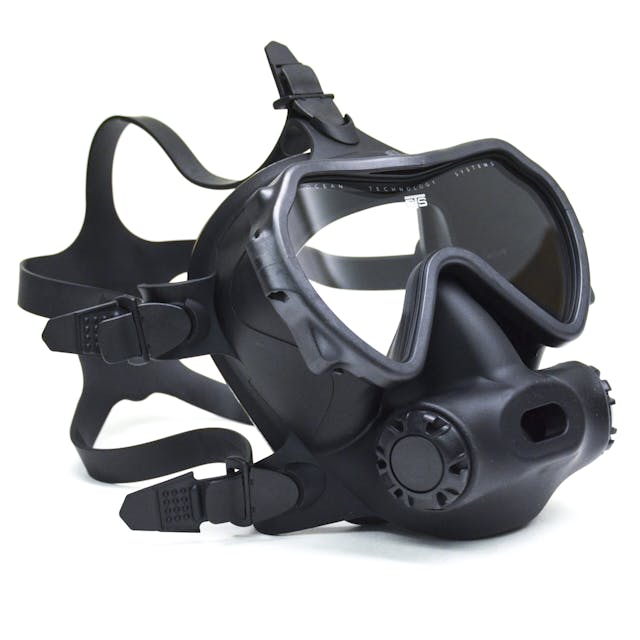
FULL FACE RESPIRATOR
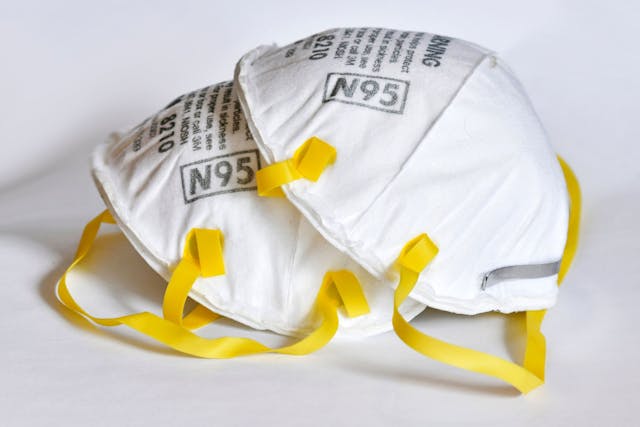
N95 MASKS
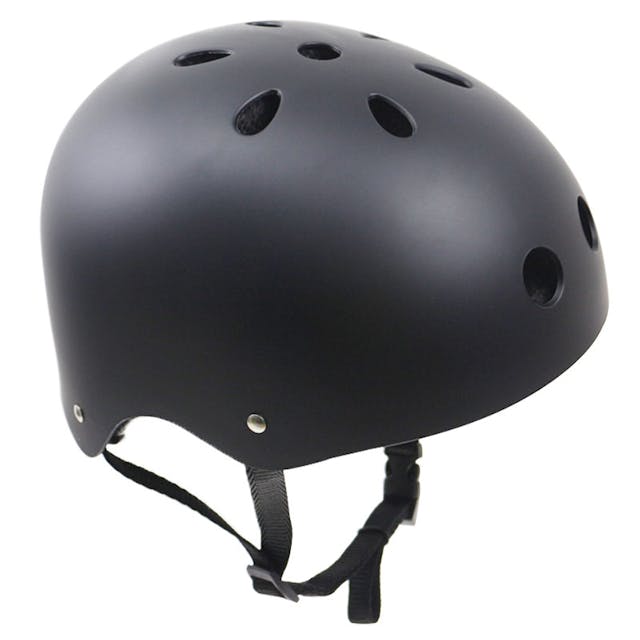
SPORTS SAFETY HELMETS
- PPE
*Please see the PPE Guide below for more information on how to find and use PPE correctly. - Ballistic vest (properly-fitting for your body type)
- Helmet
- Shatterproof eyewear
- Respirator/Gas Masks
- First Aid Kit (see basic specs for a kit here)
- ADDITIONAL MUST HAVES
- Key contacts (in digital and print form)
- Legal form of identification and press pass
- Appropriate clothing + footwear (for the local weather forecast and running as needed)
- Communication/tracking device (connected to someone who can track your location without cell service)
- Work related equipment
- Currency (CASH in local tender) and credit card, if possible
- Water
- Small snacks (proteins and carbs, not sugary)
- Small notepad and pens
Civil Unrest Scenario
You are a freelancer photographing a police brutality protest in Atlanta, GA, USA at the Capitol steps for a personal project you plan to pitch to different media outlets. It is expected that there will be heavy police and National Guard presence, perhaps with live rounds, tear gas and other crowd control elements. Counter protestors from local men’s rights and white supremacist groups are expected and Georgia is an open-carry state. Light rain is also expected on the day of the protest.
- Maintain situational awareness, observing any potential guns or other weapons on site
- Consider how to best prepare for potential weather, i.e. protecting your body and camera gear. Consider limited visibility, flooded roadways and other impacts from rain.
- How are you talking to different groups? Are you being thoughtful of how they might see you engaging their opposition and how that can impact your profile and risk level?
- What kind of gear will you need to have onhand? Carry a P-FAK, eye protection and mask in case of ballistics or gas deployment. Identify medical assistance nearby to access if needed.
- Be aware of your high profile with camera gear. Avoid taking it out until necessary.
- How do you engage the people you’re reporting on in ways that will support your safety? (i.e. informed consent, transparency about journalistic practices, introducing yourself) Are you well-versed in the groups and movements you’re documenting, conversant in the histories and arguments being made?

